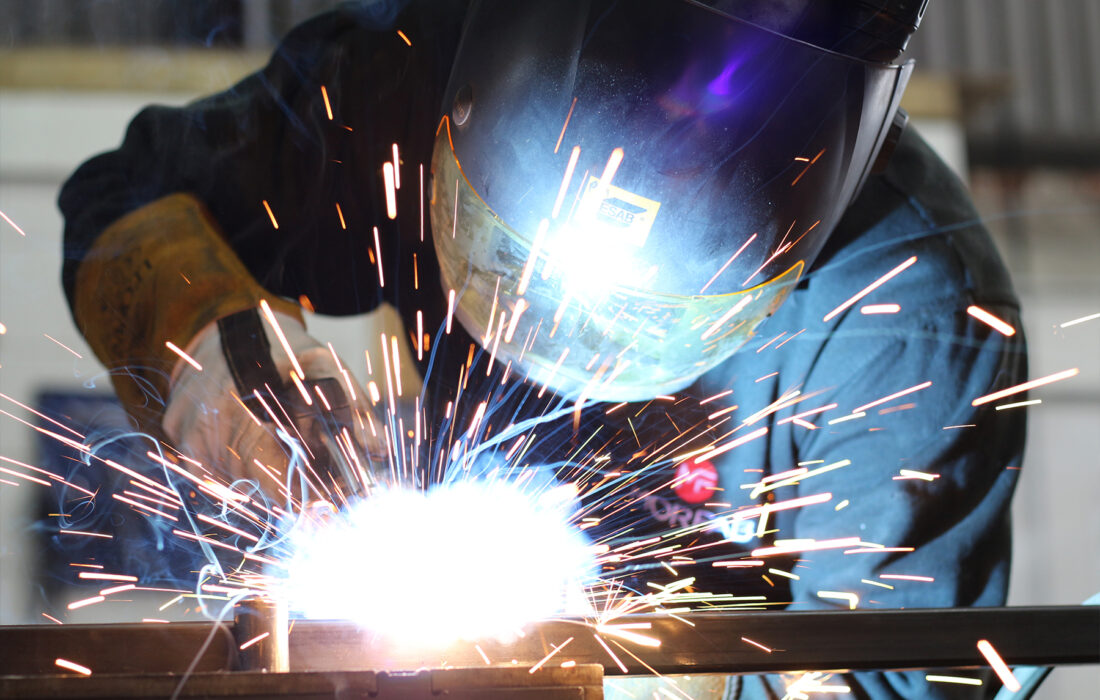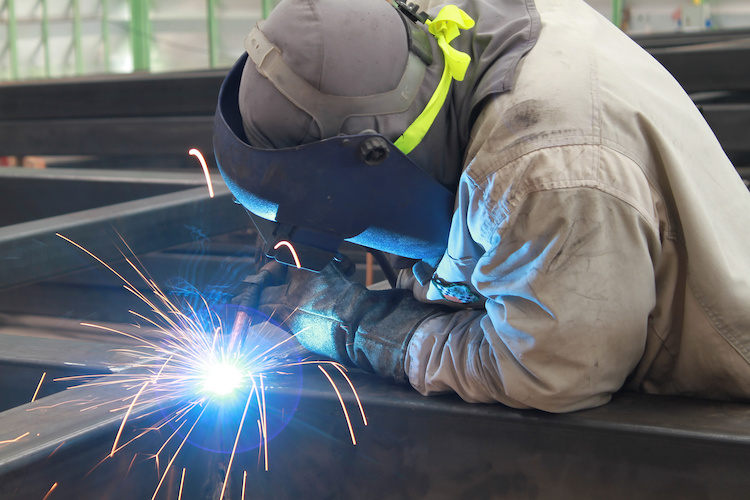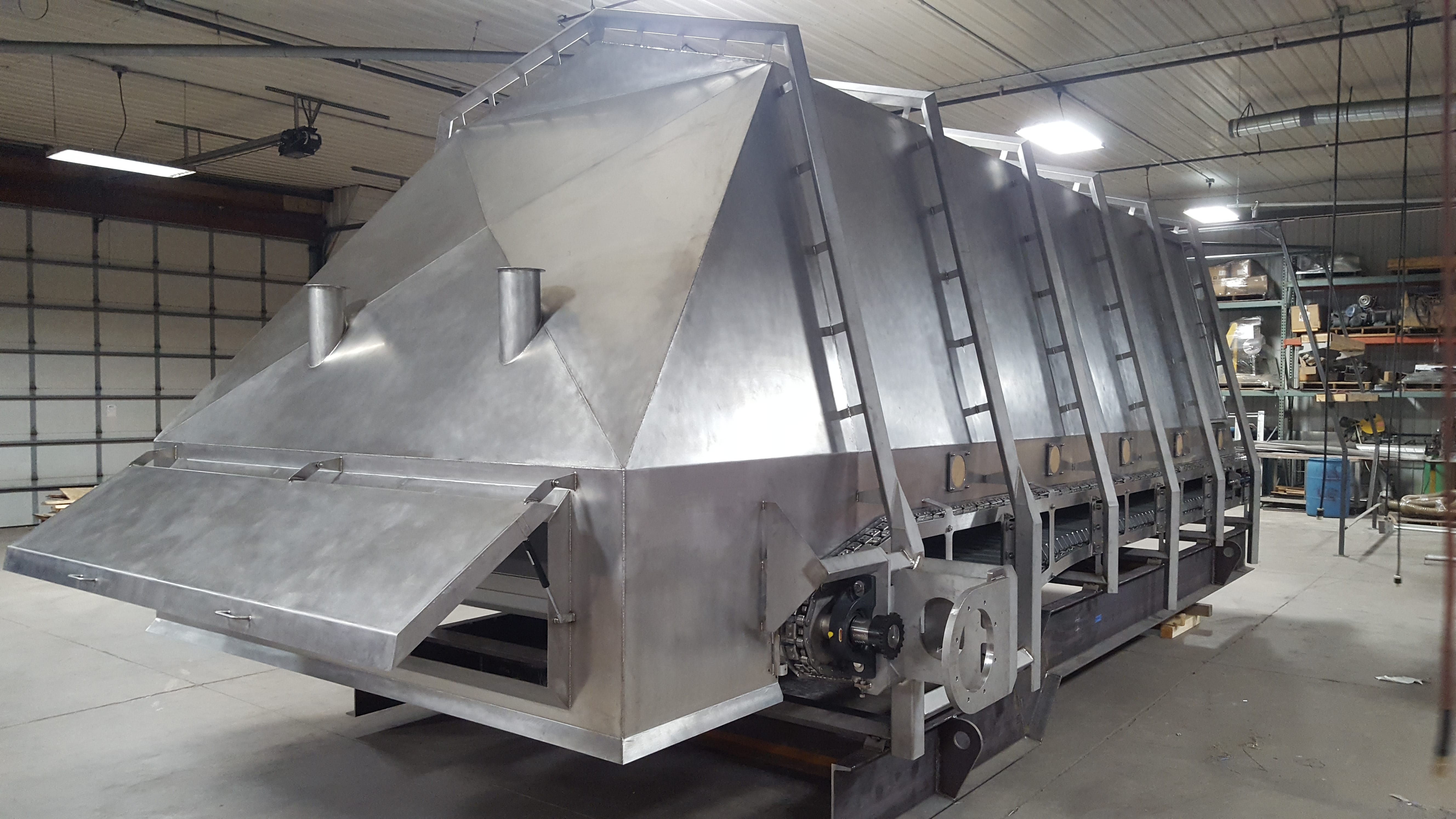Trusted Steel Fixing Providers: Making Certain Architectural Honesty
Wiki Article
Innovative Trends in Steel Fabrication: Enhancing Sturdiness and Precision
In the world of steel manufacture, the quest of durability and accuracy has led to a wave of cutting-edge patterns that are improving the market. From developments in welding technologies to the assimilation of robotic automation in manufacture processes, the landscape of steel manufacturing is developing rapidly. High-strength alloy advancement, coupled with the application of 3D modeling and simulation software application, is pushing the borders of what is achievable in terms of architectural stability and accuracy. In addition, the growing emphasis on lasting methods in steel production is not only driving performance yet additionally promoting a more environmentally aware technique to construction. These trends are not just forming today but likewise laying the groundwork for the future of steel construction, assuring more enhancements in resilience and accuracy.Advanced Welding Technologies
In the realm of steel manufacture, the fostering of innovative welding innovations has dramatically reinvented the industry's method to accomplishing remarkable quality and precision in architectural welds. Advanced welding modern technologies, such as laser beam of light welding and rubbing mix welding, have actually emerged as game-changers in the area. By leveraging these advanced welding techniques, steel makers can raise the sturdiness, toughness, and accuracy of their architectural welds, satisfying the progressively demanding demands of contemporary building tasks.Robot Automation in Fabrication
Embracing robot automation has come to be a keystone of modern steel construction practices, boosting and enhancing procedures efficiency across the market. Robotics are changing the method steel parts are manufactured, using exceptional accuracy and rate while minimizing human mistake. These automated systems can deal with repetitive tasks with consistent accuracy, leading to better final result.One trick benefit of robotic automation in steel construction is the capacity to function around the clock without fatigue, significantly boosting manufacturing output. This continual operation decreases downtime and increases job timelines, inevitably saving prices for manufacturers. Furthermore, robotics can be programmed to carry out complex jobs that might be harmful or difficult for human employees, enhancing safety in the workplace.
In addition, robot automation allows seamless integration with other electronic innovations, such as computer-aided layout (CAD) software and Net of Things (IoT) systems (steel fabrication melbourne). This interconnected technique improves communication in between different phases of fabrication, maximizing operations and ensuring real-time tracking and control. As the steel construction market proceeds to evolve, robotic automation stands apart as a transformative pressure driving performance and precision in manufacturing processes

High-Strength Alloy Growth
The advancement of high-strength alloy advancement in steel manufacture is reshaping the market's method to enhancing material sturdiness and efficiency. High-strength alloys are engineered to show exceptional mechanical residential properties, such as raised tensile strength, durability, and rust resistance compared to typical steel qualities. By incorporating these sophisticated alloys into fabrication procedures, producers can generate elements that endure higher stress and anxiety degrees and severe atmospheres, causing even more durable and reputable output.One secret benefit of high-strength alloy growth is the capacity to decrease product density without jeopardizing structural stability. This not just causes lighter-weight components but also adds to set you back savings and boosted effectiveness in construction and setting up procedures. The enhanced strength-to-weight ratio of these alloys allows for the layout and construction of structures with higher link load-bearing capacities while minimizing total weight.
3D Modeling and Simulation Software Application
Developments in steel construction processes have been substantially driven by the combination of sophisticated 3D modeling and simulation software program devices. These tools allow fabricators to produce comprehensive virtual designs of their jobs, allowing them to imagine the final product with accuracy before any kind of manual labor starts. By imitating numerous stress and anxiety elements, environmental conditions, and structural tons, makers can maximize styles for enhanced resilience and performance. In addition, 3D modeling and simulation software enhance the manufacturing process by identifying possible issues early on, minimizing the need for expensive rework and decreasing material waste.
Lasting Practices in Steel Manufacturing
Including sustainable practices right into steel manufacturing procedures is important for reducing environmental impact and making sure long-lasting resource accessibility. One essential lasting practice is the fostering of energy-efficient innovations to lower greenhouse gas discharges during the steel production process. This includes making use of renewable resource resources, such as solar or wind power, to power steel plants and executing energy-efficient tools to see this page enhance energy use.One more vital aspect of sustainable steel manufacturing is the responsible sourcing of raw materials. This includes making certain that the iron ore and other sources made use of in steelmaking are acquired from environmentally pleasant and honest resources. By promoting transparency in the supply chain and adhering to strict ecological requirements, steel suppliers can reduce the negative impacts of source removal on regional communities and areas.

Conclusion
To conclude, the cutting-edge fads in steel fabrication such as innovative welding modern technologies, robotic automation, high-strength alloy advancement, 3D modeling and simulation software application, and lasting techniques are enhancing the resilience and accuracy of steel items. These developments are changing the steel manufacture sector by enhancing quality, performance, and sustainability. It is clear that the future of steel fabrication hinges on accepting these advanced innovations to satisfy the demands of modern-day construction and manufacturing industries.In the world of steel construction, image source the pursuit of sturdiness and precision has led to a wave of cutting-edge patterns that are reshaping the market.In the world of steel construction, the adoption of cutting-edge welding innovations has substantially changed the sector's approach to accomplishing remarkable top quality and precision in structural welds. As the steel manufacture market proceeds to progress, robot automation stands out as a transformative pressure driving effectiveness and accuracy in making procedures.
In addition, reusing and reusing steel scrap and waste materials play a substantial function in improving the sustainability of steel manufacturing. steel fabrication melbourne.In conclusion, the innovative trends in steel manufacture such as sophisticated welding modern technologies, robot automation, high-strength alloy advancement, 3D modeling and simulation software, and lasting practices are boosting the toughness and precision of steel products
Report this wiki page